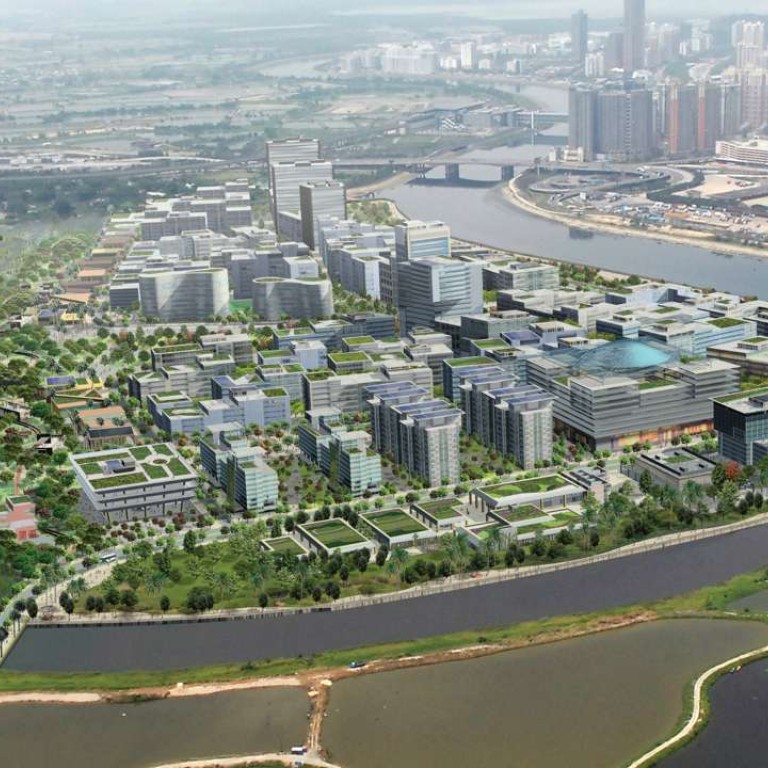
Transparency key to success of hi-tech park at Lok Ma Chau
Deal reached with Shenzhen to develop idle land at the border will benefit both cities but government needs to better explain the benefits to Hong Kong
The technology and innovation industry is so competitive that those who stand still will end up lagging far behind their competitors. It is therefore reassuring that Hong Kong and Shenzhen have finally settled development plans for a hi-tech park in a sensitive area left vacant for nearly two decades. With proper support and management, the joint venture is set to be a new engine of economic growth for the city and the region.
The Lok Ma Chau Loop came under Hong Kong’s administrative boundary in 1997 after the straightening of the Shenzhen River. Despite years of discussion, development concepts for the site remained on the drawing board amid disputes over which city owned the land.
Under the agreement now reached between the two governments, the 87 hectares of land at the border will be developed into the Hong Kong/Shenzhen Innovation and Technology Park, with higher education and other complementary facilities. The park will be administered by a subsidiary of the Hong Kong Science and Technology Parks Corporation. The Shenzhen authorities will also develop an innovation and technology cooperation zone on their side of the border with the support of the Hong Kong government.
Hong Kong has long embraced innovation and technology, starting under the leadership of the first chief executive Tung Chee-hwa, with the establishment of the Science Park in Sha Tin and an array of funding support for research and business ventures. Regrettably, the momentum has slowed, while our neighbour has reinvented itself into China’s Silicon Valley. The new facility, jointly developed with the Shenzhen authorities, will help the city catch up and connect China to the world.
A project of such scale has inevitably raised questions. Adding to the usual environmental concerns is the prevailing sentiment among some sectors to resist cross-border cooperation. Critics asked why Shenzhen should be involved at all, noting that the loop clearly falls within the city’s borders. They are worried that the development, to be financed by Hong Kong, would benefit Shenzhen companies only. Others compared it to the plan to build a Hong Kong version of Beijing’s Palace Museum in West Kowloon, lamenting that the project lacked public consultation.
Officials are expected to face obstacles when seeking funding approval from lawmakers for the tech hub. The resistance can be reduced if the government ensures transparency and better explains how the development will benefit Hong Kong.

